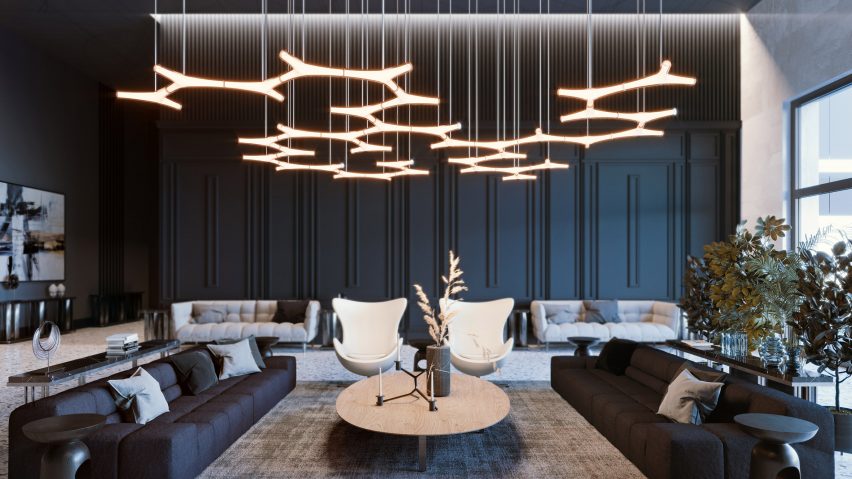
Two Parts launches design competition for the chance to win pendant lighting collection
Promotion: lighting manufacturer Two Parts has launched a competition for the chance to win a number of its pendant lights.
Created by US architect Christo Logan, the pendants are an update of the designer's previous collection of award-winning ceramic lights that he built in his Brooklyn apartment to explore "new design opportunities from combining 3D printed ceramic with embedded LEDs".
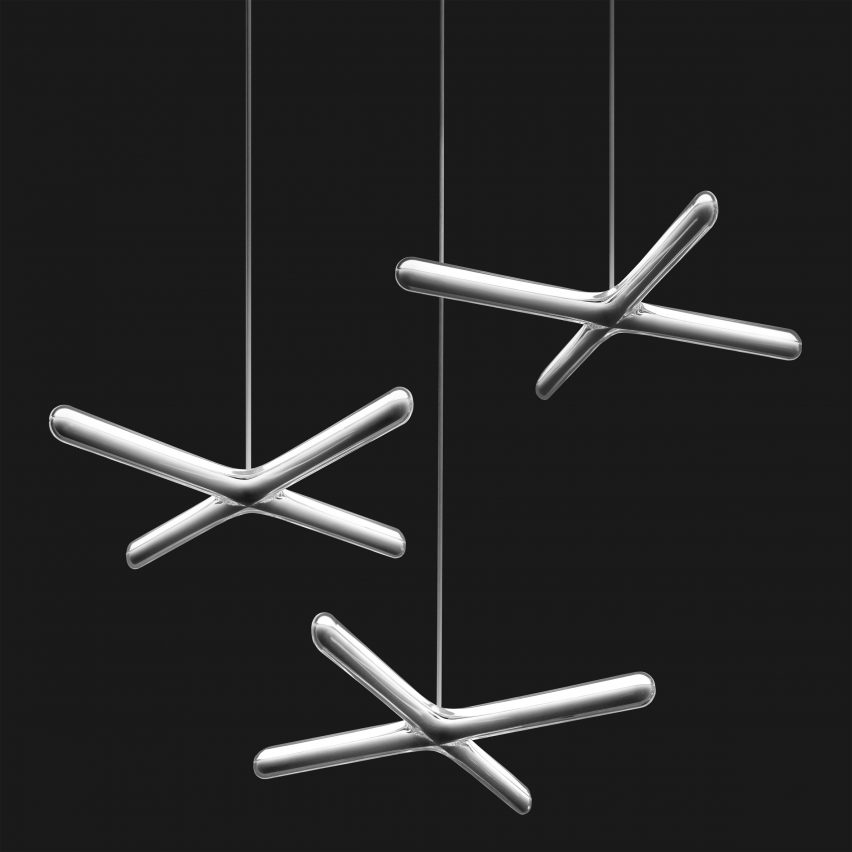
The current collection's six models are an update of the originals for a "series production in cast polymers of various opacities".
Dezeen readers are invited to submit images of one or more spaces where they would like to install the pendants.
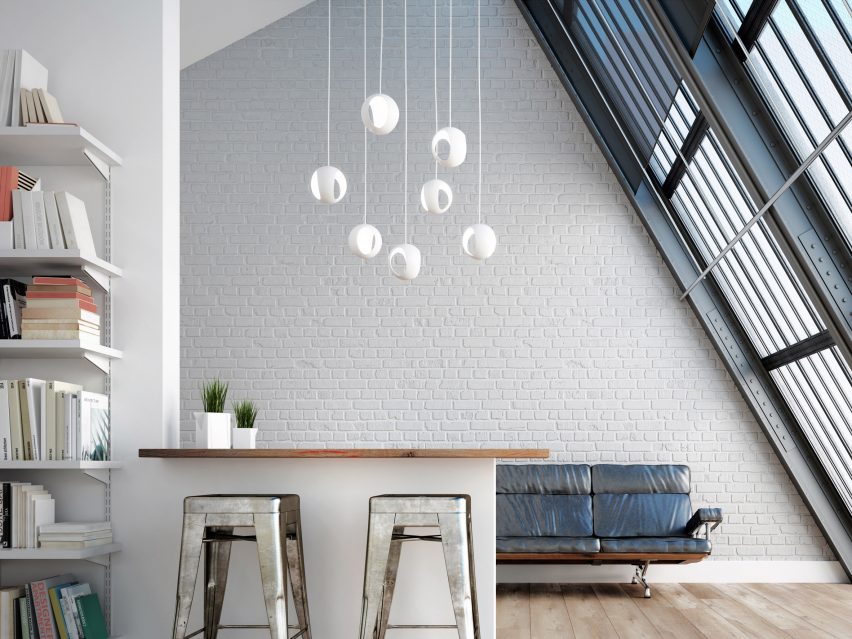
Logan will select five proposals and each of the winning entrants will win up to seven lights of their choice. The top three winners will also receive cash prizes of $500, $200 and $100.
All entrants will receive a 40 per cent discount on their first order from Two Parts, which is valid for one year.
The proposed spaces may be existing, under construction, or in design, and the submission images may be photographs or renderings. Images and 3D models of the lights can be downloaded from Two Parts' website.
Two Parts pendants are named after the atomic elements Hydrogen, Helium, Oxygen, Lithium, Calcium and Carbon.
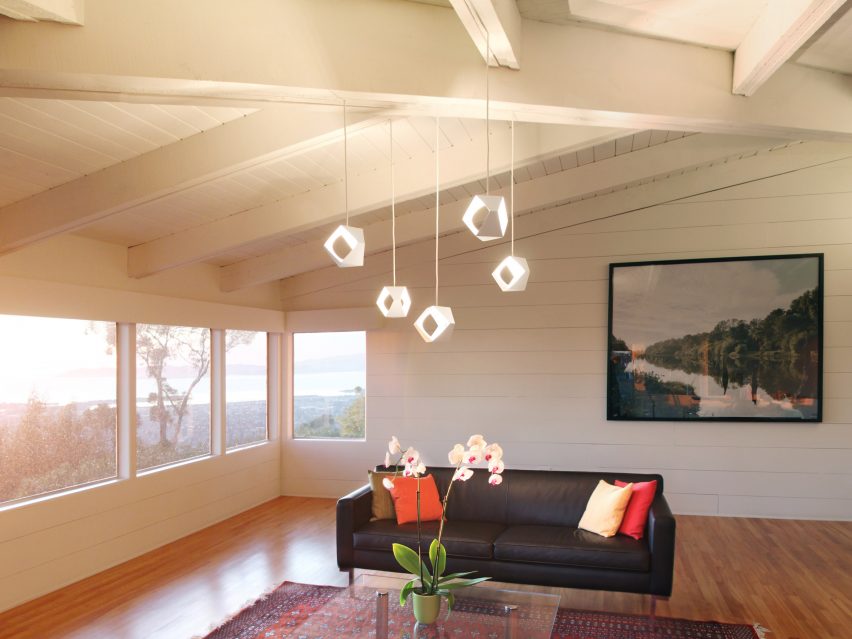
Hydrogen is a spherical shell with an "interior flooded with light from an invisible source".
Its resin body is cast in a single pour before being sanded and painted by hand four times to achieve a uniform matte white finish.
The lights are designed to hang individually or be clustered together, which creates overlapping shadow patterns on ceilings and walls.
Helium also has an illuminated interior made from a single curved resin surface, but its exterior is made of "facets that appear to shift from every angle," according to Logan.
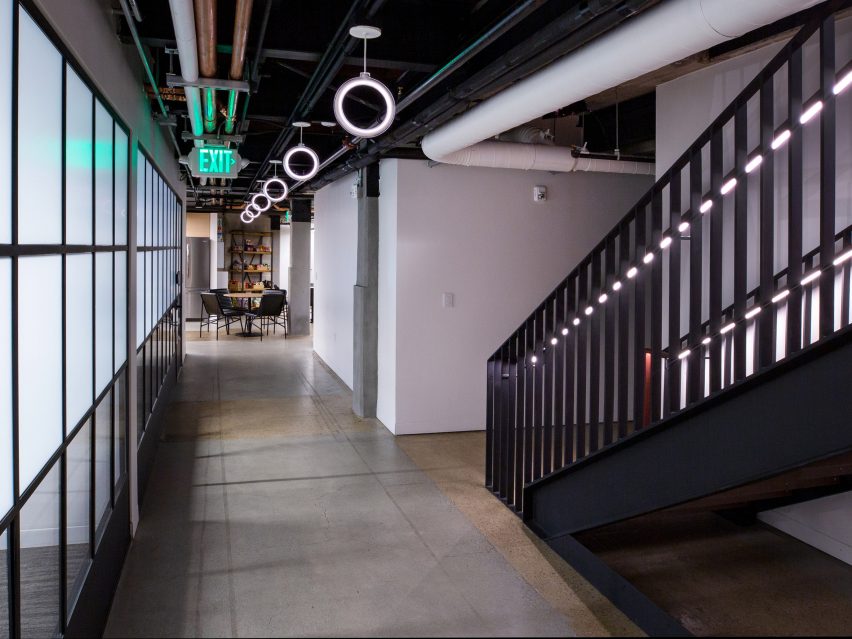
Oxygen is a ring made from layers of opaque and translucent polycarbonate encased in a cast acrylic shell.
The layers are individually sealed together using ultrasonic friction welding without the use of adhesives or fastening hardware. Logan describes it as "no glues or screws, just fuse".
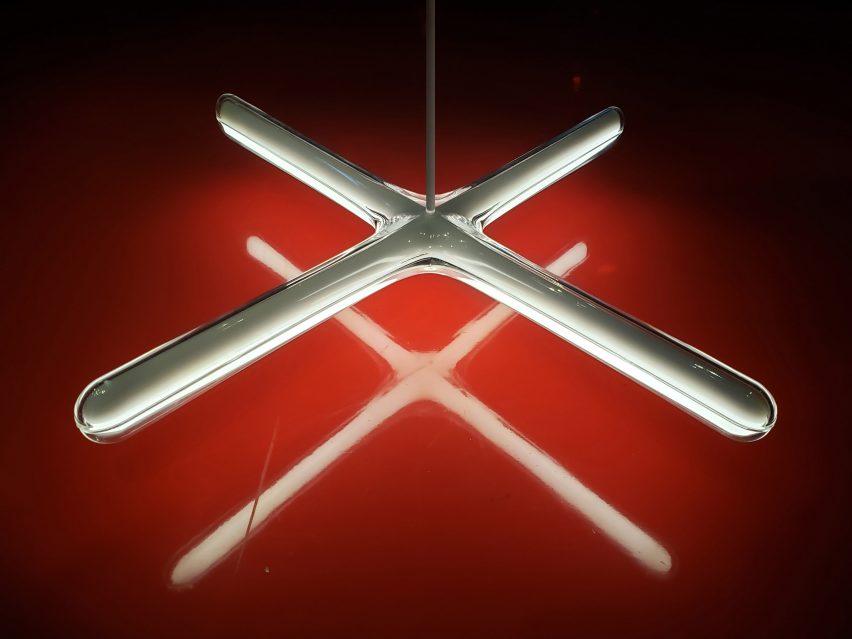
Made from the same materials and processes as Oxygen, Lithium and Calcium resemble a four-point star. As described by Logan, "the extended arms of Lithium and Calcium appear to stretch their taut membranes until a refractive crease appears in the center".
Though Calcium shines upwards for indirect illumination, its lower half is highlighted by the acrylic's internal reflections.
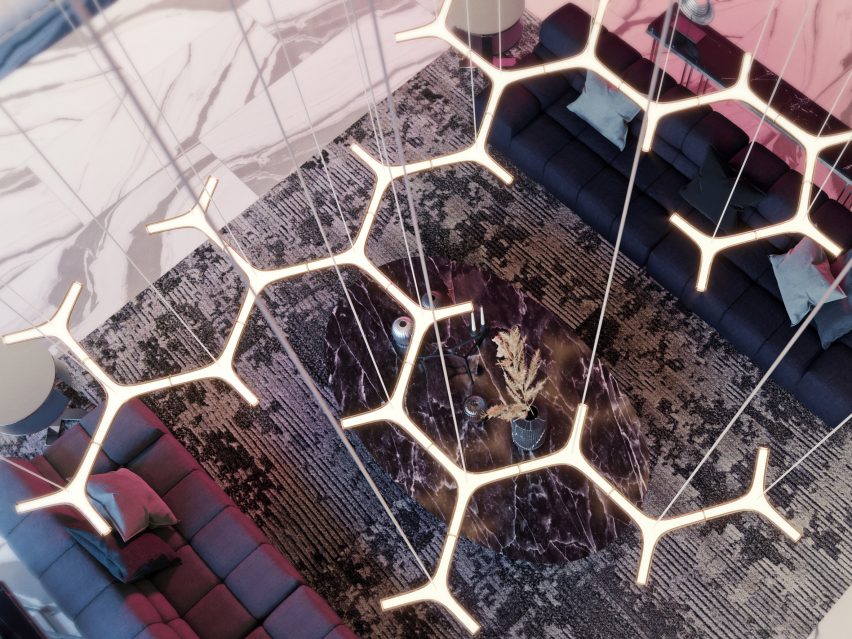
Carbon is the newest pendant in the collection. It shines in all directions from within the thickest acrylic shell. Multiple Carbons can be suspended end-to-end to create a hexagonal lattice.
To learn more about Two Parts, visit the brand's website.
The contest runs until 1 August 2022 and is only open to entries in Europe and North America. To enter, visit the submission page.
Partnership content
This article was written by Dezeen for Two Parts as part of a partnership. Find out more about Dezeen partnership content here.